The jewellery industry is undergoing a profound transformation as the concept of global sustainability takes hold. Natural gemstones have long been regarded as symbols of luxury and status due to their rarity and lustre. However, as people's environmental awareness has grown, so has their awareness of the way in which natural gemstones are mined and the environmental damage, carbon emissions, resource consumption and social and ethical issues associated with their extraction. Against this backdrop, lab-grown gemstones, with their highly recreated physical and chemical properties of natural gemstones, as well as more controlled and environmentally friendly production methods, have become the new choice for sustainable development in the high-end jewellery market.
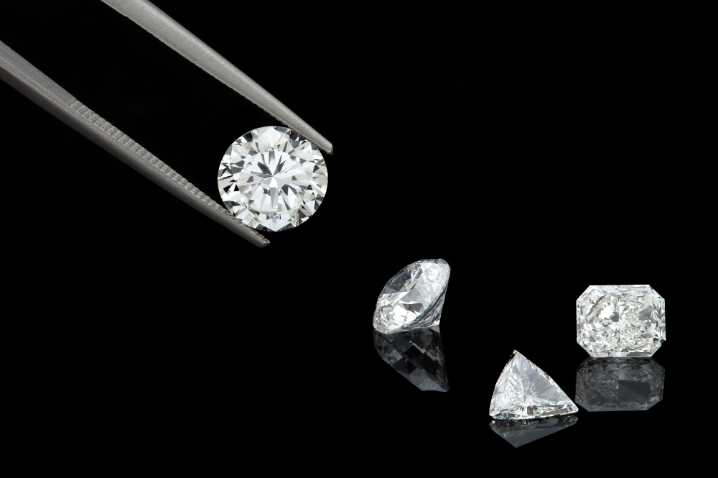
The impact of natural gemstone mining on the ecosystem cannot be ignored. From diamonds to coloured gemstones, the mining process often involves large-scale land excavation and deforestation, causing long-term damage to the local ecology. In the case of diamonds, for example, mining not only consumes large amounts of water, but also leads to soil erosion and environmental degradation around the mining area. In addition, the traditional diamond industry faces ethical and moral controversies because some uncertified diamonds are mined in war-torn areas and the profits from their sale are used to finance armed conflicts, so-called 'blood diamonds'. Despite the introduction of the UN's Kimberley Process to reduce the flow of conflict diamonds, illicit trade persists and consumer concerns about the transparency of the diamond supply chain continue to grow.
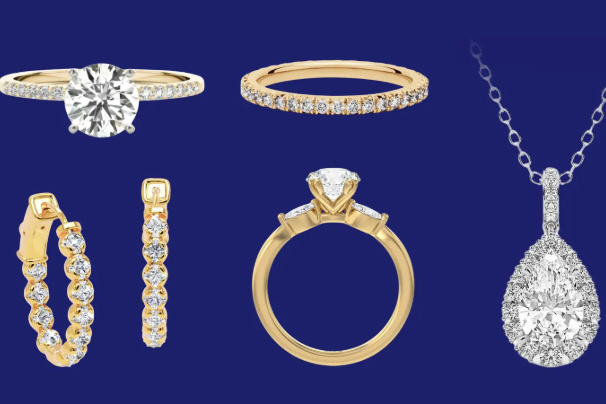
Lab-grown gemstones are changing the ecology of the jewellery industry and their development has been made possible by advances in modern materials science. These gemstones are primarily grown using high temperature and high pressure (HPHT) or chemical vapour deposition (CVD) techniques, both of which mimic the natural growth environment deep within the earth's crust, allowing gemstones to be formed under laboratory conditions. Unlike natural gemstone mining, which causes irreversible damage to the environment, laboratory gemstone production is more controlled, does not involve large-scale mining and has a much smaller carbon footprint than traditional methods. In addition, some manufacturers have begun to use renewable energy sources for production, further reducing their carbon footprint and making them a more environmentally friendly alternative.
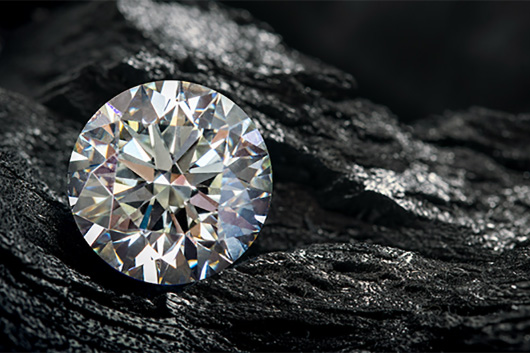
In recent years, more and more luxury brands have begun to focus on lab-grown stones and incorporate them into their high-end jewellery collections, with Pandora, one of the world's largest jewellery brands, announcing as early as 2021 that it will stop using natural diamonds and switch to lab-grown diamonds across the board, as well as launching its Pandora Brilliance collection, which is produced with 100% renewable energy to provide the market with a more sustainable option. The Pandora Brilliance collection, which is produced using 100% renewable energy, offers the market a more sustainable choice. Meanwhile, global diamond leader De Beers has launched Lightbox Jewellery, proving to the market that lab-grown diamonds are not just an alternative to natural diamonds, but a new luxury material that meets the eco-friendly and personalised needs of a younger generation. Notably, high-end brands such as Chanel, Dior and Gucci are also exploring the use of lab-grown gemstones to meet the growing trend of sustainable jewellery consumption.
The rise of lab-grown gemstones not only reflects the sustainable development of the jewellery industry, but also represents a shift in consumer attitudes for the future. As consumers become more environmentally and socially responsible, there is a growing demand for transparency in the jewellery industry. In the future, blockchain technology could be applied to the supply chain management of laboratory gemstones, ensuring their traceability and increasing consumer confidence in their sustainability. In addition, the development of artificial intelligence and 3D printing technologies will also drive the popularity of personalised jewellery, allowing consumers to select lab-grown gemstones in specific colours, cuts and carat weights according to their personal preferences.
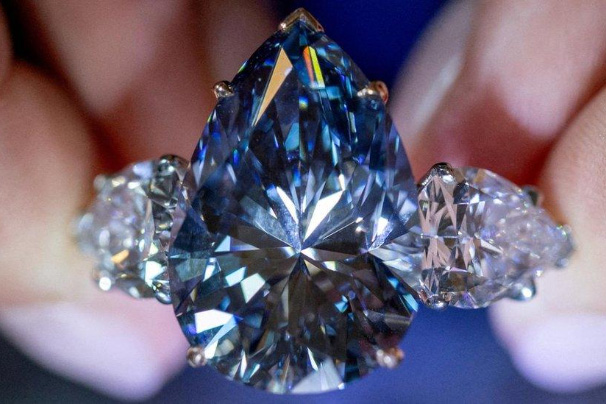
Market research shows that the lab-grown gemstone industry is growing much faster than expected, with the global market size expected to exceed $15 billion by 2030. As a result of this trend, the traditional jewellery industry is undergoing a sustained paradigm shift from a reliance on natural minerals to a technology-driven approach. Although some consumers are still hesitant about lab-grown gemstones, believing that they lack the historical and collectible value of natural gemstones, as technology continues to advance and luxury brands promote them, lab-grown gemstones are gradually breaking the stereotype of being a 'cheap alternative' and becoming the new generation of high-end jewellery market favourites.
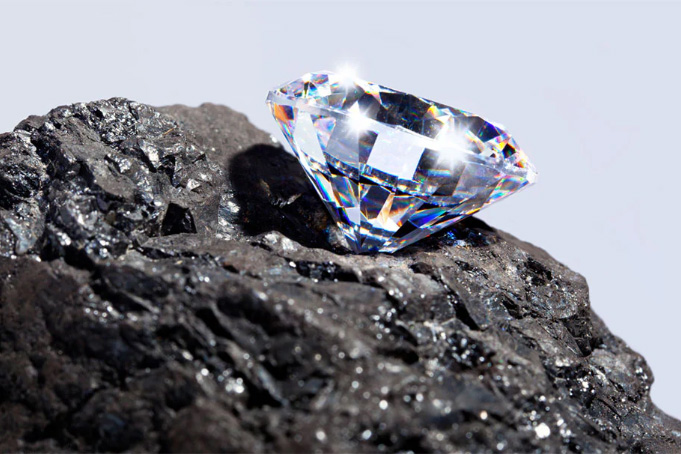
The sustainable development of the jewellery industry in the future is not only about protecting the environment, but also about balancing brand strategy and market acceptance. The promotion of lab-grown gemstones has brought greener production methods to the industry, as well as new business opportunities for luxury brands. In the context of global sustainability, it may only be a matter of time before lab-grown gemstones become more popular, and whether they can revolutionise the jewellery industry will depend on the collective choices made by the market, brands and consumers. In this era of change, will the choice of lab-grown gemstones become an inevitable trend for a new generation of jewellery lovers?

